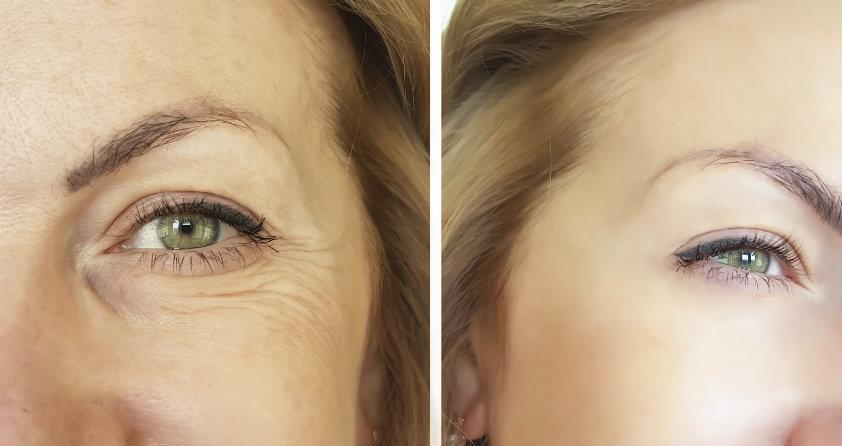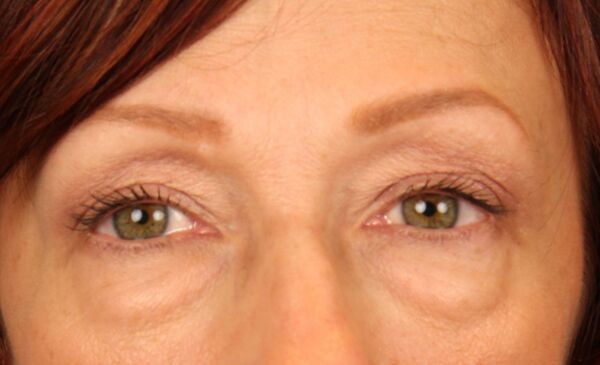
There are important information you should know if you're considering genioplasty. There are risks involved in genioplasty. You need to be fully informed about your options. This article will provide an overview of Osseous and sliding genioplasty. Know what to expect following your procedure.
Osseous genioplasty
The popular cosmetic surgery of osseous generationoplasty is for women who wish to appear younger. The procedure takes place inside the mouth and leaves no visible scarring. The procedure takes about an hour and can be done either alone or in conjunction with a facial. Patients can choose to have the procedure performed by themselves, or together with other types. You can read more about osseous generation.
Osseous genioplasty usually occurs as part of a larger procedure such as a push back or side-toside movement. Most patients were happy with the results. Patients should be free from any active dental infections prior to the surgery. These can affect the jaw's integrity. Patients should also be open about any prior orthodontic or orthognathic procedures, as well as any medication or smoking habits.

Sliding genioplasty
First, your medical history will be reviewed and questions asked about your expectations for the results of sliding genioplasty. Your surgical options may also be determined by X-rays of your jaw or CT images. Sliding genioplasty is often a safe and quick procedure. There are potential complications. The most common complications include bleeding, infection and an adverse reaction. Pre-operative instructions should be followed carefully to reduce the chance of complications.
Before you have this procedure, your surgeon will take a detailed cephalometric exam and measure your neck. Cephalometric measurements help determine if you have overprojection, underprojection, or transverse asymmetries. A standard set of facial photographs will be taken by your surgeon to determine if you have an asymmetry in the transverse dimensions. If you have any of these issues, a sliding genioplasty might be right for you.
Non-surgical genioplasty
You can choose nonsurgical genioplasty if you wish to reduce the size and shape of your chin, but don't want to have to go under general anesthesia. This cosmetic surgery involves removing part of the jaw bone and repositioning it forward. This complex procedure involves the use plates and screws to secure the jaw. Nonsurgical, on the contrary, is more straightforward because the surgeon treats your own bones.
Two methods are available for non-surgical genioplasty. One method is the sliding technique. This involves a doctor making an incision below the chin, or under the lower lip. A second method involves placing wires to reposition your chin bone. This technique is used for retrogenia patients with a severely receding jaw. The type and extent of the corrections required will impact the recovery process.

Risks of genioplasty
Genioplasty, despite the many advantages, can be dangerous. There are risks such as numbness under the chin or lower lip. This may persist for weeks to months and could even be permanent. The brain can adjust to numbness. Patients should always follow the surgeon's directions and seek medical attention if bleeding or pain persists.
While there are many complications associated with genioplasty, the most common one is temporary neurosensory disturbance of the inferior alveolar nerve. These complications can easily be avoided with preoperative counseling and informed permission. Some procedures, like the sliding genioplasty, move the chin bone forward. It is best not to have this procedure if there are any underlying medical conditions.